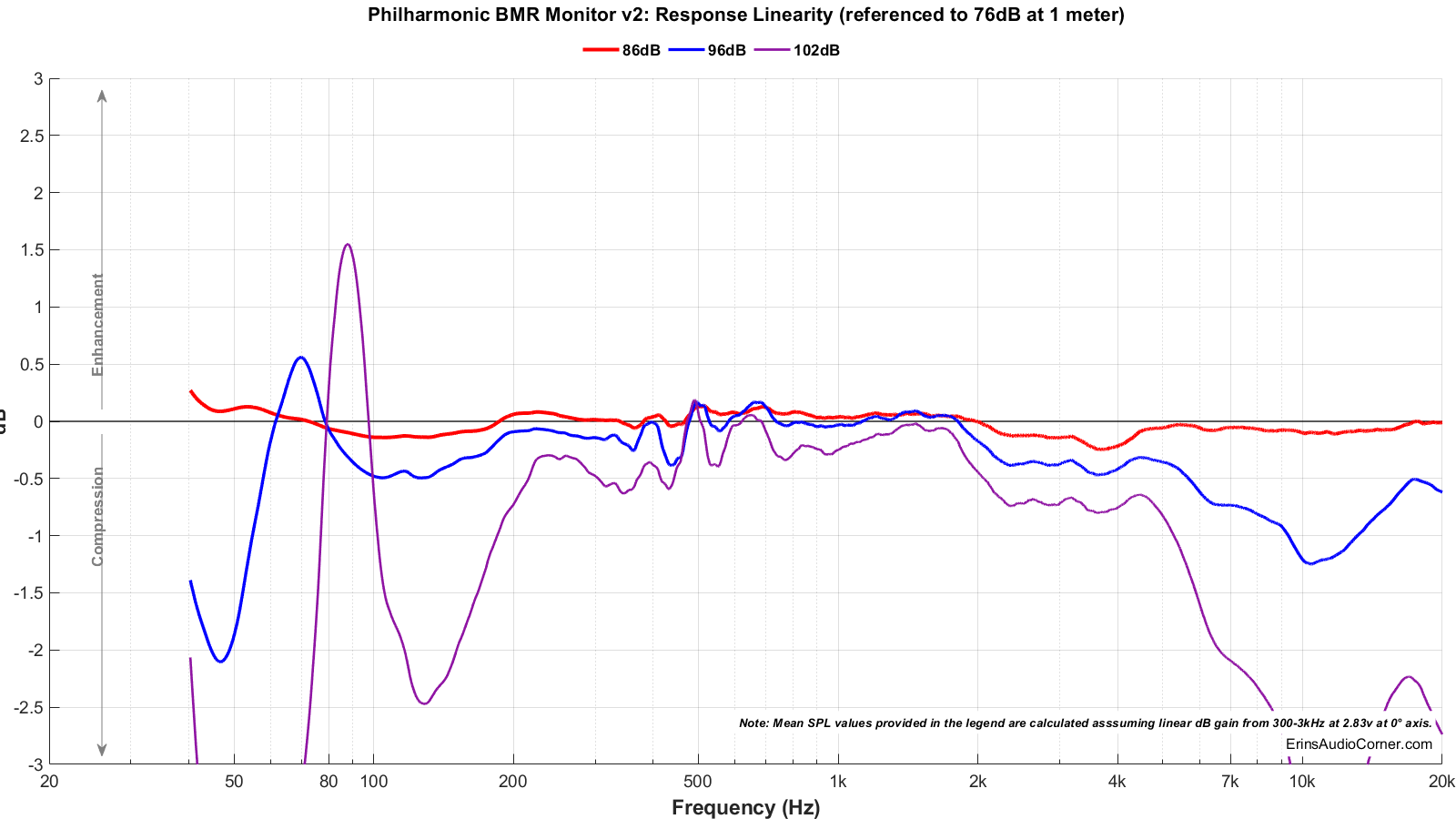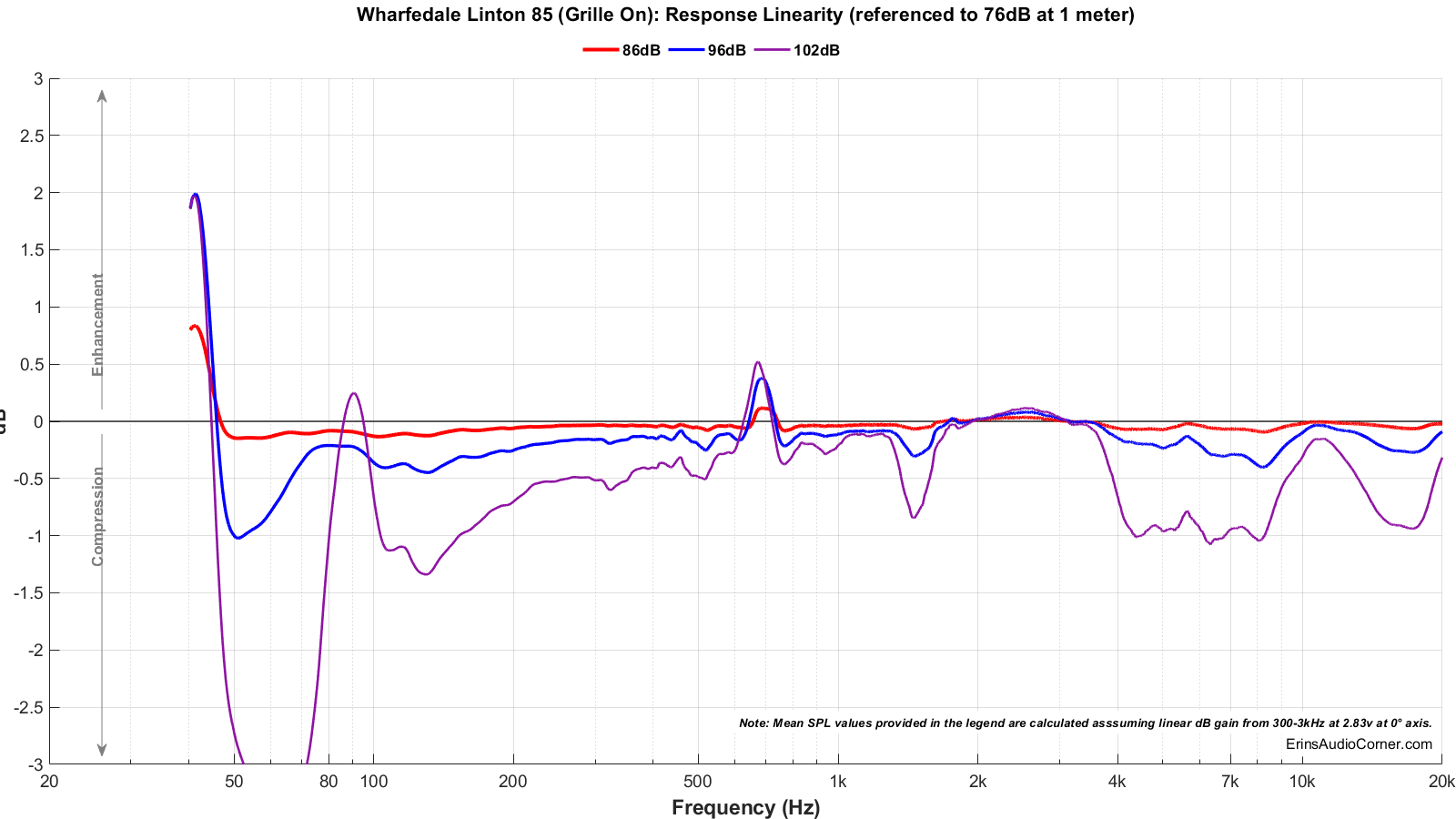Hello everyone!
I'm unable to audition the speakers mentioned in the thread title, so I'm relying on some objective information to help me make a more informed purchase. I somewhat understand what a Klippel frequency response graph is saying, but I have a question about the portion of the graph where the curve begins to fall off near 20 Hz. Allow me to make this clearer by using Erin's graphs for the speakers I'm interested in:


Now, some detail as to my requirements. I live in an apartment and cannot listen to music at loud volumes. I don't have a decibel meter, but I can estimate that 70 dB will just about be the maximum that I could get away with during the day. Therefore - and, please correct me if I'm wrong - when I look at the bass section of the curve, I ignore the fact that neither can hit 30 Hz at 80 dB because I'd never be asking that of the speaker. So, are the graphs indicating that these speakers will both be able to reach as low as 30 Hz at 70 dB? I am, of course, taking theoretically; I'm fully aware that in my own room the frequency response would be different due to echo effects.
Other than this question I have, is there anyone reading this post who has experiences with either speaker? I've read a great deal about each but see many conflicting opinions. Some say the RAAL tweeter is fatiguing, others say the opposite and claim that the Linton is. Some say the Linton is "addicting to listen to" while many say the same about the BMR. If anyone has had direct experience with both I would absolutely LOVE to hear from them!
I hope everyone is having a lovely autumn
Cheers!
I'm unable to audition the speakers mentioned in the thread title, so I'm relying on some objective information to help me make a more informed purchase. I somewhat understand what a Klippel frequency response graph is saying, but I have a question about the portion of the graph where the curve begins to fall off near 20 Hz. Allow me to make this clearer by using Erin's graphs for the speakers I'm interested in:
Now, some detail as to my requirements. I live in an apartment and cannot listen to music at loud volumes. I don't have a decibel meter, but I can estimate that 70 dB will just about be the maximum that I could get away with during the day. Therefore - and, please correct me if I'm wrong - when I look at the bass section of the curve, I ignore the fact that neither can hit 30 Hz at 80 dB because I'd never be asking that of the speaker. So, are the graphs indicating that these speakers will both be able to reach as low as 30 Hz at 70 dB? I am, of course, taking theoretically; I'm fully aware that in my own room the frequency response would be different due to echo effects.
Other than this question I have, is there anyone reading this post who has experiences with either speaker? I've read a great deal about each but see many conflicting opinions. Some say the RAAL tweeter is fatiguing, others say the opposite and claim that the Linton is. Some say the Linton is "addicting to listen to" while many say the same about the BMR. If anyone has had direct experience with both I would absolutely LOVE to hear from them!
I hope everyone is having a lovely autumn
Cheers!




